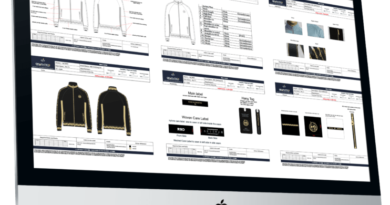Discover the Versatile Uses of Rain Gauges for Precise Measurement and Analysis
Introduction: Rain gauges are indispensable tools used to measure and monitor rainfall. They provide crucial data for various applications, including weather forecasting, agriculture, hydrology, and environmental research. In this article, we will explore the diverse uses of rain gauges and how they contribute to our understanding of precipitation patterns and their impacts. Additionally, we will delve into the advancements in rain gauge technology, including the integration of AI, which has revolutionized data collection and analysis in this field.
Rain Gauge Uses:
- Weather Forecasting: Rain gauges play a vital role in weather forecasting by providing accurate rainfall measurements. Meteorologists analyze this data to predict and track weather patterns, enabling them to issue timely warnings and advisories. By understanding the intensity and duration of rainfall, forecasters can estimate the likelihood of floods, droughts, or severe storms, allowing communities to take appropriate precautionary measures.
- Agriculture: Rainfall is a critical factor in agricultural planning and management. Farmers rely on rain gauges to determine when and how much to irrigate their crops. By measuring the amount of rainfall, farmers can assess the moisture levels in the soil, decide on optimal planting times, and adjust irrigation schedules accordingly. This data helps optimize water usage, prevent over- or under-watering, and increase crop yields.
- Hydrology and Water Resource Management: Rain gauges play a crucial role in hydrology and water resource management. They provide essential data for studying water cycles, watershed dynamics, and overall water availability. Hydrologists and water resource managers rely on rain gauge measurements to assess the health of rivers, lakes, and reservoirs, and to predict water supply trends. This information helps in decision-making processes related to flood control, water allocation, and infrastructure planning.
- Environmental Research: Rain gauges are valuable tools for environmental researchers studying various ecosystems. Precise rainfall measurements aid in understanding how rainfall patterns influence vegetation, wildlife, and overall ecosystem health. By analyzing long-term rainfall data collected by rain gauges, researchers can identify climate change trends and assess the impact of precipitation on biodiversity, forest cover, and ecosystem services.
Integration of AI in Rain Gauge Technology: With the advent of artificial intelligence (AI), rain gauge technology has witnessed significant advancements. AI algorithms have enhanced the accuracy and efficiency of data collection and analysis. Automated rain gauges equipped with AI can continuously monitor and record rainfall measurements in real-time, minimizing the risk of human error and improving the overall reliability of data. AI-powered rain gauge systems can also employ machine learning algorithms to identify patterns, detect anomalies, and provide early warnings for extreme weather events.
Conclusion: Rain gauges are versatile instruments with a wide range of applications, contributing to weather forecasting, agriculture, hydrology, and environmental research. The integration of AI in rain gauge technology has revolutionized data collection, analysis, and prediction capabilities. Accurate rainfall measurements obtained through rain gauges enable us to make informed decisions, mitigate risks, and develop sustainable strategies for water resource management. To learn more about the uses of rain gauges and their significance, visit rain gauge uses.




